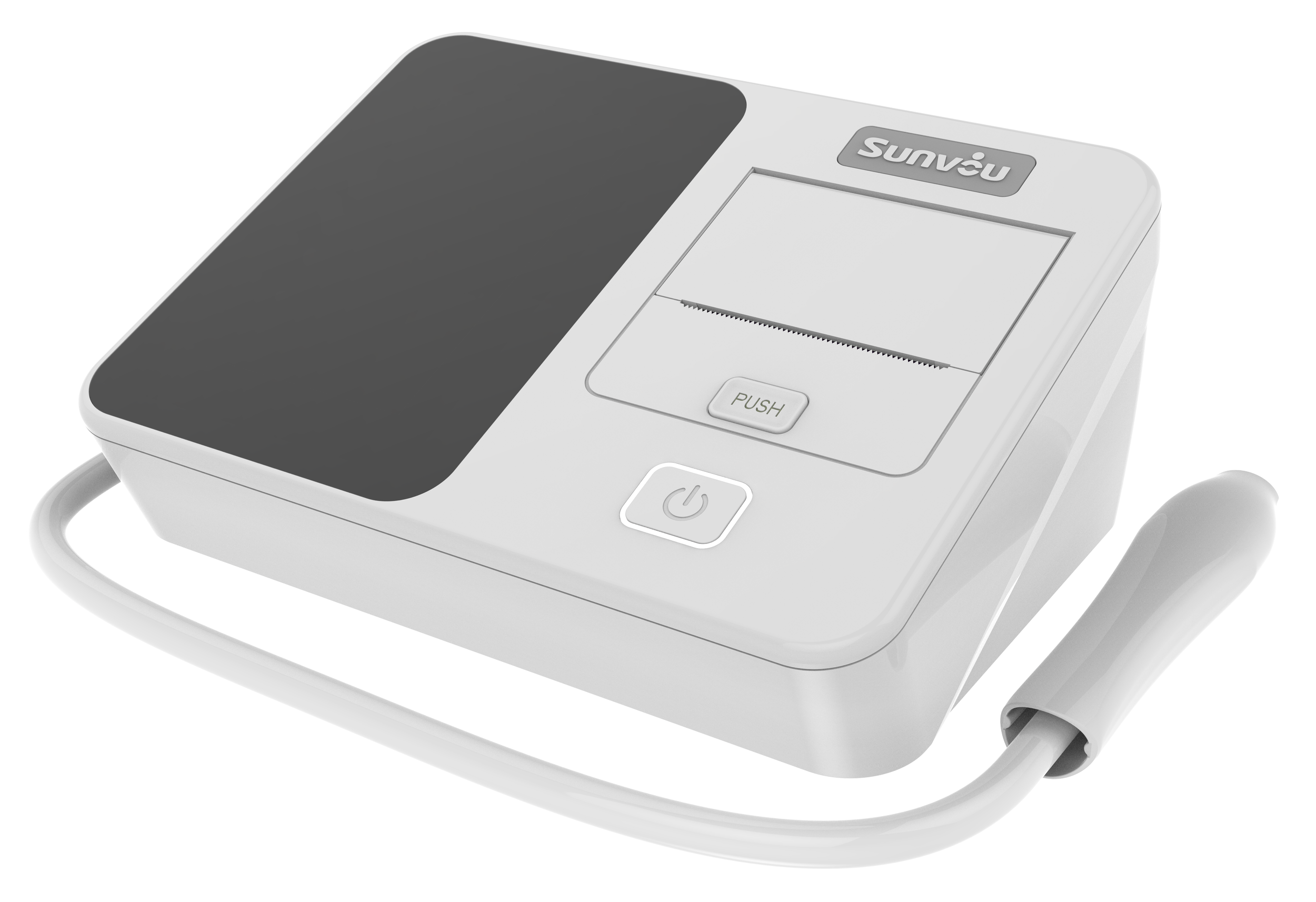TM2120 - FeNO Medium
TM2120 FeNO device measures Exhaled Nitric Oxide from the Human Breath.
Device can measure both
FeNO50 (Large Airways), and
FeNO200 (CaNO: Small Airways), as well as
FnNO (Upper Airways).
Device can measure Online(Device is connected to Sampling Patient)
Biomarkers are NO + H2S & CO
Device can be calibrated in three ways:
Self-Calibration
Gas Calibration
Measurement Range: 0-3000ppb
Unmask the Potential of Asthma Management Device with Nitric Oxide Measurement
Our innovative device dedicated to asthma management measures the exhaled nitric oxide parameter of a patient's inflammation. A high reading on this scale signals a need for action and our guide directs the appropriate treatments to decrease inflammation effectively.
TM2120 FeNO device measures Exhaled Nitric Oxide from the Human Breath.
Device can measure both
FeNO50 (Large Airways), and
FeNO200 (CaNO: Small Airways), as well as
FnNO (Upper Airways).
Device can measure Online(Device is connected to Sampling Patient)
Biomarkers are NO + H2S & CO
Device can be calibrated in three ways:
Self-Calibration
Gas Calibration
Measurement Range: 0-3000ppb
Unmask the Potential of Asthma Management Device with Nitric Oxide Measurement
Our innovative device dedicated to asthma management measures the exhaled nitric oxide parameter of a patient's inflammation. A high reading on this scale signals a need for action and our guide directs the appropriate treatments to decrease inflammation effectively.
TM2120 FeNO device measures Exhaled Nitric Oxide from the Human Breath.
Device can measure both
FeNO50 (Large Airways), and
FeNO200 (CaNO: Small Airways), as well as
FnNO (Upper Airways).
Device can measure Online(Device is connected to Sampling Patient)
Biomarkers are NO + H2S & CO
Device can be calibrated in three ways:
Self-Calibration
Gas Calibration
Measurement Range: 0-3000ppb
Unmask the Potential of Asthma Management Device with Nitric Oxide Measurement
Our innovative device dedicated to asthma management measures the exhaled nitric oxide parameter of a patient's inflammation. A high reading on this scale signals a need for action and our guide directs the appropriate treatments to decrease inflammation effectively.
Living Healthier with Asthma: Your Ultimate Device to the Rescue
Crucial Role of FeNO in Asthma Management
• Personalized Treatment Planning: High FeNO levels indicate significant eosinophilic inflammation in your airways. Healthcare providers, in such scenarios, may opt to initiate or heighten the dose of inhaled corticosteroids (ICS) or consider introducing other anti-inflammatory treatments for better inflammation control.
• Treatment Response Monitoring: Periodic FeNO measurements can aid in monitoring the patient's response to anti-inflammatory therapy. Diminishing FeNO levels post the initiation or adjustment of ICS dosage are promising signs that the treatment is effectively reducing airway inflammation.
• Medication Dosage Adjustments: FeNO levels can assist clinicians in manipulating the dosage of inhaled corticosteroids. For patients displaying persistently high FeNO levels despite treatment, there could be a need to increase the ICS dosage or include other anti-inflammatory medications.
• Preventing Medication Overuse: On the other hand, low FeNO levels could mean controlled inflammation. This could potentially allow for dosage reduction of corticosteroids, effectively reducing exposure to the side effects of higher doses.
Sunvou Feno TM-2120




